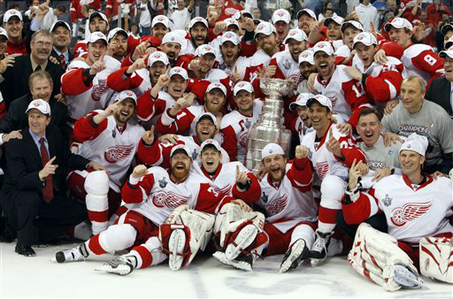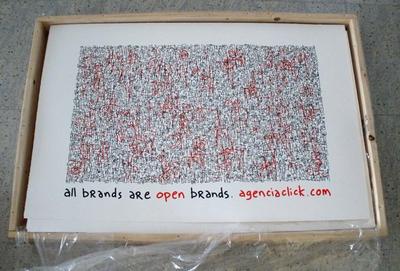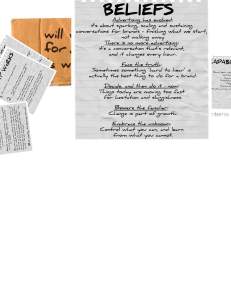Today Eyecube presents the second in a series of Guest Editorials from Ben Johnson of Logoinn, a custom logo design service provider based in the UK. Chances are if you’re reading this you’ve been redirected from my old site, www.eyecube.wordpress.com, to my new site, www.rickliebling.com. And if so, you’ll see the new Eyecube logo at the top, designed by Logoinn. What do you think, pretty snazzy, huh? But back to Ben…
There is an adage that you need to pay attention to when you are in the market for a logo designer:
“You get what you pay for …”
Of course, we are living in challenging economic times. As the owner of a business, you do need to make sure that your marketing and advertising budget goes as far as it possibly can. Therefore, when you are seeking logo design services, you definitely (and understandably) will be inclined to obtain assistance from a provider who bids the lowest.
In this day and age it oftentimes is the freelance logo designer who will bid the lowest when it comes to your own project. In most cases, a professional logo design firm will charge at least somewhat more for its services than will be the case with an individual who is freelancing.
Through this article you are provided some points to ponder seriously if you are considering hiring a solo freelancer to undertake the task of designing your logo for you. By paying attention to the information that is presented to you in this article you will be able to make a wise and educated decision in regard to whether or not selecting a solo freelancer is the best course for you to take when it comes to the important task of designing a logo for your business enterprise.
Limited Resources
One problem area associated with individual freelance logo designers rests in the fact that they probably lack the full of array of resources that will be available at a firm. For example, there are some very powerful software applications that a professional logo design firm will have – applications that will be out of reach due to expense and other issues from a solo freelance logo designer.
Obviously, when you are seeking a logo for your business, you are best served when you have a provider like a design firm that has access to the full of array of design and related tools and resources.
Poor Quality
Unfortunately, in this day and age a considerable number of unqualified people are setting themselves up as solo freelancers. These individuals can be found in all creative and technical service arenas. This includes in the realm of logo design.
In the end, while these individuals can talk a great game, when all is said and done they simply are unable to provide to you the quality logo design and development services that you must have. You can end up paying such an individual a generous fee and have nothing to show for your investment when all is said and done.
Lack of Guarantee
Another risk associated with going the solo freelancer route rather than to a pro design firm when you are seeking the creation of a logo rests in the reality that such a freelancer working on his or her own will not offer you any type of guarantee. In point of fact, even if a guarantee is extended, the question then becomes will the solo freelancer honor that guarantee when all is said and done.
In the end, you can end up being better served through engaging a logo design firm because such an operation will have an established track record when it comes to offering – and honoring – guarantees of their work.
Lack of Customer Support and Technical Assistance
Customer support and technical assistance is vital when it comes to obtaining services for your business. This holds very true when it comes to engaging a firm or a solo freelancer to provide logo design services for your business venture.
The simple reality is that a freelancer working alone simply will not have the time to provide to you the type of customer support or technical assistance that you really must have when it comes to logo development and related matters. When all is said and done, you want to know that you will have a provider at your side that will be there when necessary … the type of support that you will be more likely to be able to access through a professional logo design firm.
Conclusion
While there are some talented solo freelancers providing logo design services in business today, when all factors are taken into consideration, you likely will be best served by engaging a firm to provide you the assistance you need in regard to logo design, branding and developing the image of your business enterprise.
Disclaimer: I entered into an agreement with Logoinn in which they received the opportunity to write guest editorials on Eyecube in exchange for the creation of the logo. No money changed hands in either direction.





